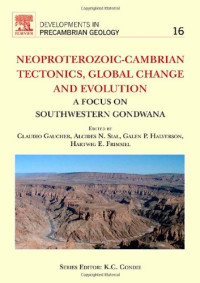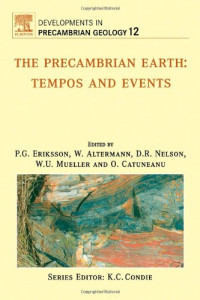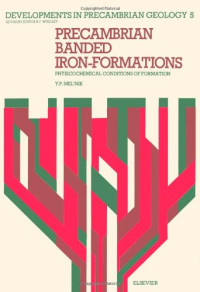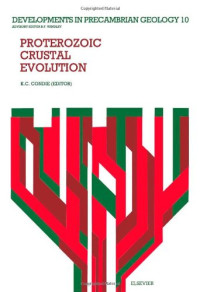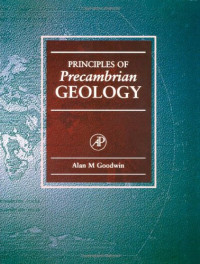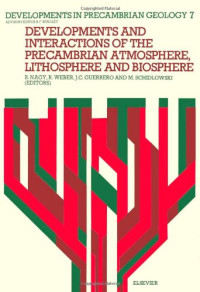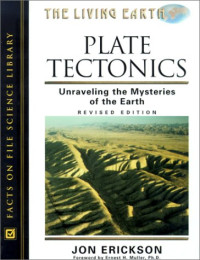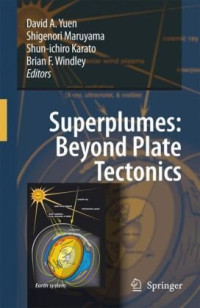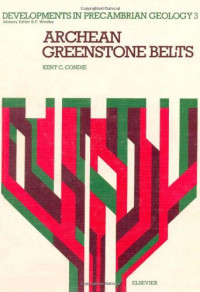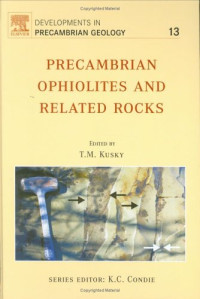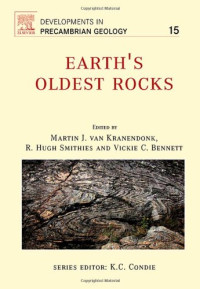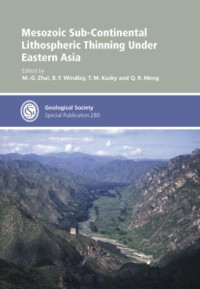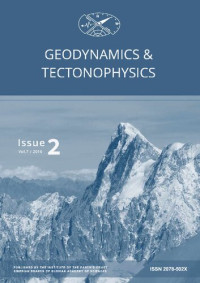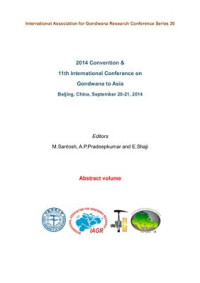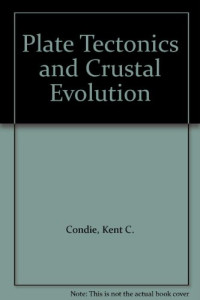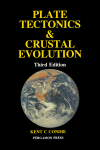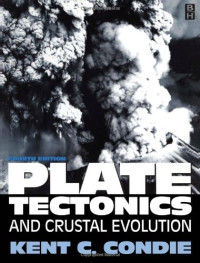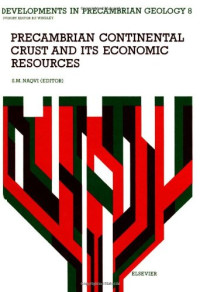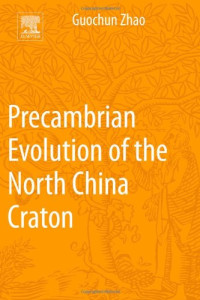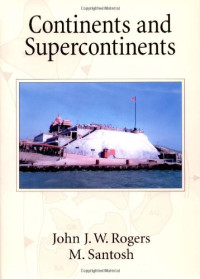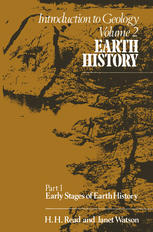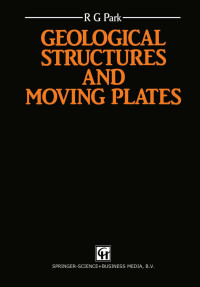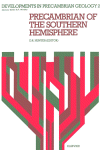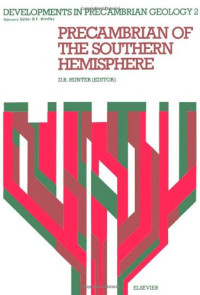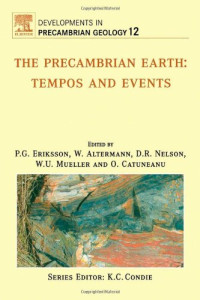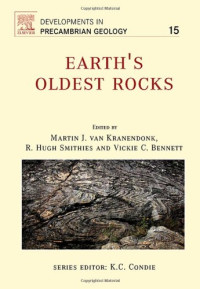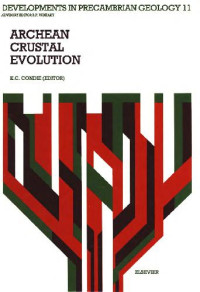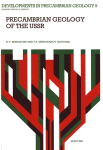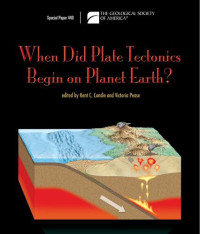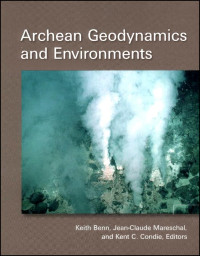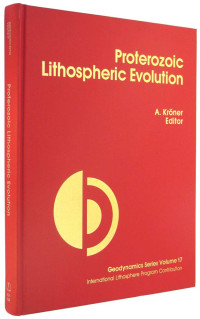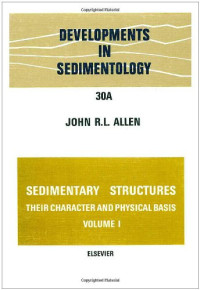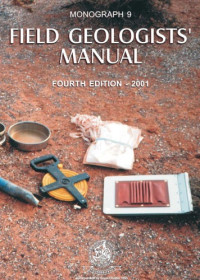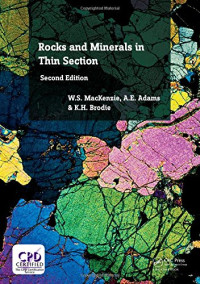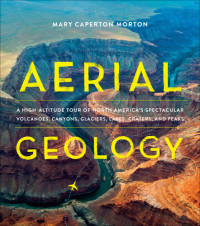
Precambrian plate tectonics
A. Kröner (Eds.)
In 1968 W. Jason Morgan, in a paper published in the Journal of Geophysical Research, introduced the concept of plate tectonics according to which the earth’s surface is considered to be divided up into a number of rigid plates. The plate boundaries consist of mid-ocean ridges, oceanic trenches, great faults, and active mountain belts. It is now generally believed that the movements of the continents and of the sea floor are part of large-scale movements of plates. I was introduced to sea-floor spreading in 1965 in Canberra in Australia when, during a brief visit, I met Professor J. Tuzo Wilson who, over a glass of sherry in his flat at the University House, produced from his pocket, along with his ever-present notebook, a most convincing cardboard model of sea-floor spreading. Since those times, the fundamental problem whether it is possible to extend plate-tectonic processes back into the Precambrian has caused considerable, often heated, discussion. Opinion is still divided: did the evolution of the crust during the Precambrian follow the uniformitarian principle, consequently being compatible with Phanerozoic plate tectonics, or did global tectonic mechanisms undergo considerable changes since the early Precambrian? The problem is caused by the uncertainty of the thermal history of the earth, growth of the continental crust, tectonic style, and formation of calc-alkalic igneous rocks. Data exist indicating that the crust of the earth was both lithologically and chemically complex as far back as the available geologic record indicates. This volume deals with various aspects of Precambrian plate tectonics, whether considered uniformitarian or not. It contains a wealth of new data dealing with Precambrian crustal evolution. It is probably not surprising that attempts to fit Precambrian crustal evolution into the New Global Tectonics have met with variable success and have produced many contrasting views
Κατηγορίες:
Έτος:
1981
Εκδότης:
Elsevier
Γλώσσα:
english
Σελίδες:
805
ISBN 10:
0444418636
ISBN 13:
9780444418630
Σειρές:
Developments in Precambrian Geology 4
Αρχείο:
PDF, 48.17 MB
IPFS:
,
english, 1981
 Amazon
Amazon  Barnes & Noble
Barnes & Noble  Bookshop.org
Bookshop.org  Μετατροπή αρχείων
Μετατροπή αρχείων Περισσότερα αποτελέσματα αναζήτησης
Περισσότερα αποτελέσματα αναζήτησης Λοιπά πλεονεκτήματα
Λοιπά πλεονεκτήματα 